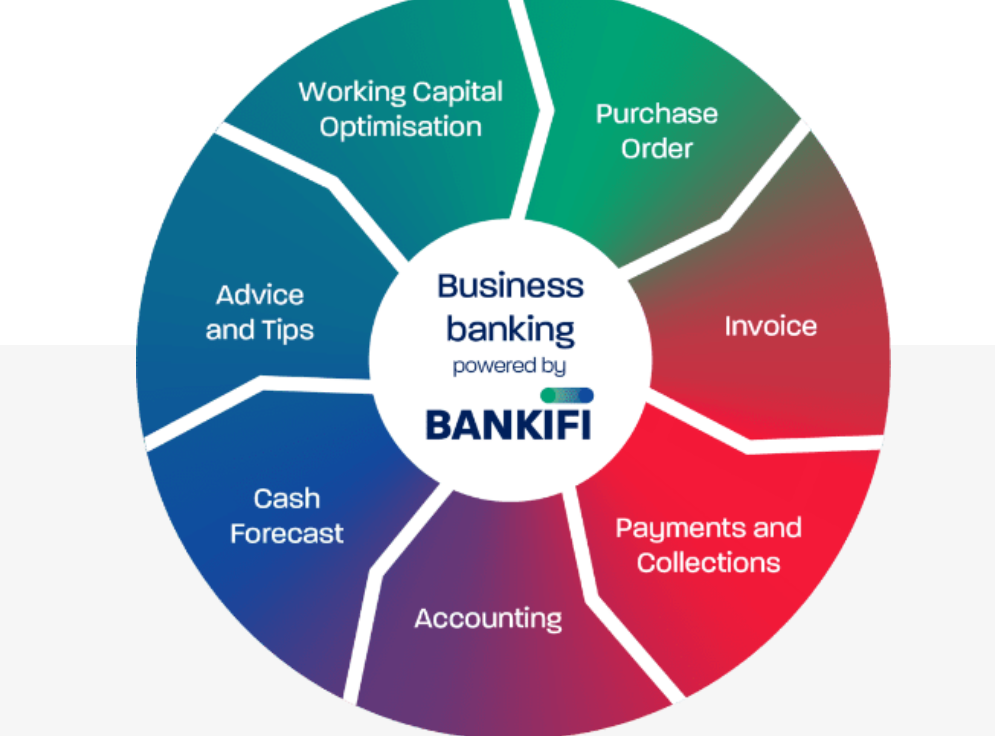In the past decade, we’ve watched the global community take great strides to improve levels of financial inclusion across all corners of the world. With the improvements, 76% of adults now have access to a bank or mobile app, which is up from 51% in 2011. Better still, much of this uptake has occurred in the world’s poorest regions. Now, as we move into 2023, we are certainly heading towards a more financially included world.
Underpinning this shift has been the rise of mobile technologies, which have allowed people to interact with financial services in new and exciting ways. Simply put, these technologies have removed many of the entry barriers associated with traditional financial services. In the past decade, millions of individuals have leveraged these solutions to leapfrog their way towards financial inclusion, regaining parity with their more privileged counterparts.
Work to be done
The mass adoption of these innovative financial products really underlines the ability of technology to facilitate meaningful and positive change within the world around us. However, while great change has been engendered in the field of personal financial inclusivity, a similar problem persists within the world of business, an area that is often overlooked in terms on financial inclusion. Specifically, small-to-medium sized enterprises (SMEs) continue to find themselves underserved by traditional financial institutions – a situation that benefits nobody.
SME’s play a central role in financial inclusion as they represent around 90% of businesses globally and more than 50% of employment worldwide. Despite this huge contribution to economies around the world, there remains an alarming disparity in the level of service SMEs receive compared to their larger counterparts. Right now, as we are in a moment of economic uncertainty, it’s essential that changes are made to allow SMEs to get more value and control from their banking relationships.
How did we get here?
However, before we begin addressing this challenge it’s important to first recognize how we ended up in this current situation. There are several reasons as to why SMEs find themselves underserved by traditional banking partners, but perhaps the most glaring relates to the high barriers of entry associated with business banking. Sadly, many SMEs still struggle to meet the demands placed on them by traditional financial institutions when first embarking on partnerships.
Whether at the point of sign up, or when applying for specific financial services, traditional financial institutions often require a considerable amount of information about a business and its financial activities. Providing this information can end up being a very time intensive and laboring exercise, especially for businesses that don’t have a dedicated compliance or administrative team.
How well do you really know your competitors?
Access the most comprehensive Company Profiles on the market, powered by GlobalData. Save hours of research. Gain competitive edge.

Thank you!
Your download email will arrive shortly
Not ready to buy yet? Download a free sample
We are confident about the unique quality of our Company Profiles. However, we want you to make the most beneficial decision for your business, so we offer a free sample that you can download by submitting the below form
By GlobalDataThe gap widens
Because of their size, SMEs are less likely to have these teams at their disposal, and at the same time, they can’t as easily leverage their business banking relationships as larger businesses. This phenomenon is possibly best demonstrated by the significant funding gap between SMEs and larger companies. According to reports, the lending gap between these two forms of businesses currently stands at $5trn in the US, and €730bn in Europe, and only continues to worsen.
At the same time, banks are unintentionally overlooking the real needs of SME owners by assuming the size or nature of their business does not require services that are typically available to larger businesses. Even though there is a difference in terms complexity and scale, SMEs and larger businesses do have similar needs when it comes to managing their businesses’ cashflow but they do require different approach to solving these issues.
The fintech factor
It’s within this context that people should assess the wave of disruptive fintech businesses that have entered the sector in recent times. Many of these organisations have been able to bundle some of the services that SMEs truly need. The success of these endeavors should show to traditional financial institutions the immense demand that exists for solutions that genuinely impact and improve the lives of SME owners, wherever they are in the world.
What fintechs have achieved has helped improve efficiency, lower transactional fees and improved customer and resource outreach – all things important for small businesses and areas that traditional banking had overlooked.
When assessing for a throughline between these successful fintech solutions, there a few things that stand out. As mentioned, the first is the unbundling of services that genuinely benefit SMEs, which may have not previously been available. However, the second most apparent commonality is the convenience offered by these systems. Unlike traditional financial institutions, many fintech providers often place a great emphasis on speed and convenience, which is valued by SME owners.

Step in the right direction
What’s more, much like the broader global community, many SME owners show a strong willingness to use technology to interact with financial services. Right now, fintech companies are far more likely to respond to this demand and to embrace new technologies than traditional financial institutions. That’s why they continue to see strong success. Despite this, there’s little reason to believe these companies could ever truly take the place of traditional financial institutions.
The financial clout of traditional financial institutions is unparalleled, and their ability to navigate periods of economic downturn is simply unmatched. What’s more is they still hold immense trust from customers, something that is a big decisive factor for users choosing where to hold their capital. However, the question is whether they’re willing to rise to the challenge, and to engage SME customers in a way that they truly respond to. If managed correctly, a world of SME banking opportunities will reopen for legacy banks, which is a win-win for all parties involved.
Coopetition is key
So, what exactly would this engagement look like? Well, it would certainly involve equipping SME customers with the tools they need to run their business. Thankfully, new technologies, such as embedded banking are making this possible, and enabling traditional financial institutions to take an ‘outside in’ approach, engaging with customers in new and more meaningful ways rather than taking a ‘one-size-fits-all’ approach to product development.
Furthermore, by leveraging developments like Open Banking and PSD2, traditional financial institutions can dramatically streamline the processes required for SMEs to gain access to much needed services and solutions. In doing so, banks could quickly put themselves in pole position to claim the ‘front door’ of digital services for SMEs and beyond. In turn, we may finally reach a point where SMEs can access everything they need via a single vendor.
A moment for action
Against a worsening economic climate, and growing concerns of a recession, the need for tailored SME banking services has never been greater. Therefore, now is the moment for traditional financial institutions to finally step up and to supply SME owners with the tools they really need to survive. Thankfully, the technology is readily available to satisfy this demand, and to help traditional financial institutions support small business owners in the same ways they do larger businesses.
Here at BankiFi, we’re also committed to that effort. Since our formation, we’ve worked to help banks provide a better set of integrated services, such as accounting, invoicing, and payments to all manner of customers, including SMEs. As we enter 2023, this shift feels closer to happening than ever before. With a few subtle tweaks in attitude, and an adoption of an ‘outside-in’ approach’, SME businesses will be given more opportunities to truly thrive.

Marijke Koninckx is chief product officer at BankiFi







